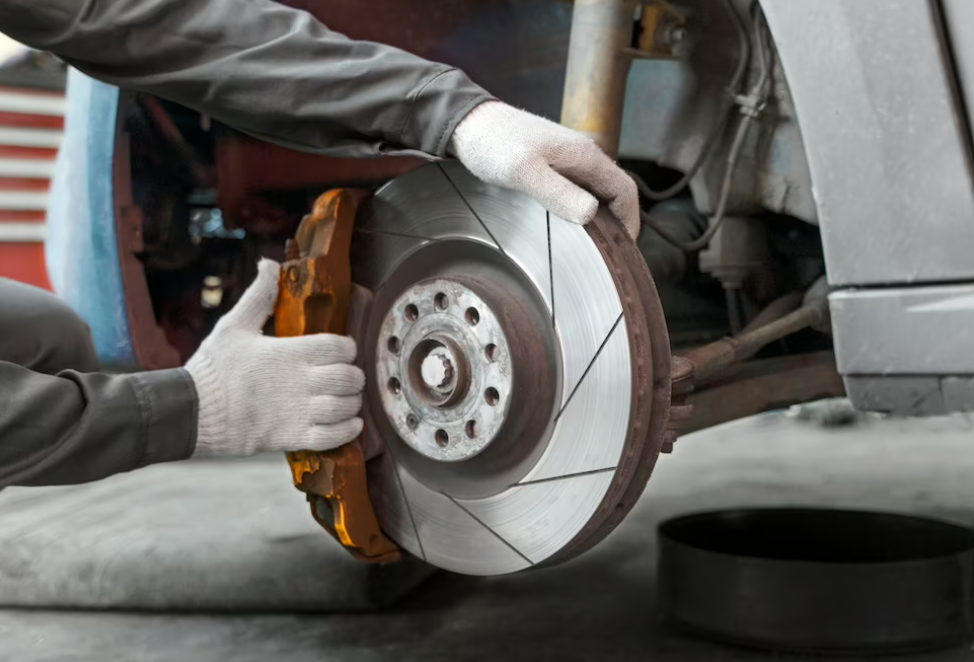How Are Tires Made?
Despite being a common sight in our daily lives, tires are frequently overlooked. These misleadingly straightforward black rings, however, are technical wonders that are vital to the functionality and safety of vehicles. Let us examine the evolution, production method, parts, and customizations for various vehicle types as we delve into the complexities of tire production.

Who Invented Tires
Tires have a rich history predating Charles Goodyear's landmark invention of vulcanized rubber in 1839. Early iterations were leather or iron hoops encircling wooden wagon wheels. Scottish inventors Robert William Thompson and John Boyd Dunlop pioneered pneumatic (air-filled) bicycle tires in 1847 and 1888, respectively. The advent of vulcanized rubber car tires followed in 1895, marking a significant milestone.

Tire manufacturing is a complex process meticulously designed to accommodate diverse driving conditions and performance requirements. Key steps include:
Mixing: Natural and synthetic rubbers, along with various chemicals, are blended to create specific tire compounds tailored to performance needs.
Extrusion: Rubber is shaped into components such as treads and sidewalls through extrusion processes.

Calendering: Rubber is pressed into sheets or reinforced with fabric or steel, forming essential tire components like liners and belts.
Tire Building: Components are assembled around a drum to create the green tire, utilizing internal pressure and rollers for consolidation.
Curing: The green tire is molded under heat and pressure, transforming it into its final shape and properties.
Measuring and Testing: Each tire undergoes rigorous testing to ensure quality and performance standards are met before distribution.
Tires comprise various components, each serving a vital function:
- Liner: Maintains air pressure within the tire.
- Bead: Provides structural integrity, securing the tire to the wheel.
- Chafer: Forms a seal between the tire and wheel, resisting abrasion.
- Ply: Offers strength and flexibility, connecting other components.
- Sidewall: protects the tire and provides visual aesthetics.
- Belts and Overlay: Reinforces the tire's crown area for rigidity and puncture resistance.
- Tread: Contacts the road, offering traction and cushioning.

Different cars require different kinds of tires. All-season tires are frequently used on passenger and commuter cars because they offer comfort and fuel economy. For improved traction, high-performance cars need softer rubber compounds, whereas all-terrain tires have tough treads for off-roading.
1. Are all tires made using the same process?
No, tire manufacturing processes vary based on the desired performance characteristics and intended vehicle applications.
2. What materials go into making tires?
Usually, steel belts and a combination of synthetic and natural rubbers are used to reinforce tires, along with materials like nylon or polyester.
3. "What is the duration required for producing a tire?"
Phases of the manufacturing process that involve mixing, extrusion, curing, and testing might take several hours to finish.

The production of tires is a prime example of the marriage of science and engineering, progressing from simple forms to intricate combinations suited to a wide range of driving requirements. Comprehending the complex procedures and constituents involved in tire manufacturing illuminates its important function in guaranteeing automobile security and efficiency when driving.
Click on the following link to read another blog post: What Should You Do When Your Car Gets Stuck In Snow?












